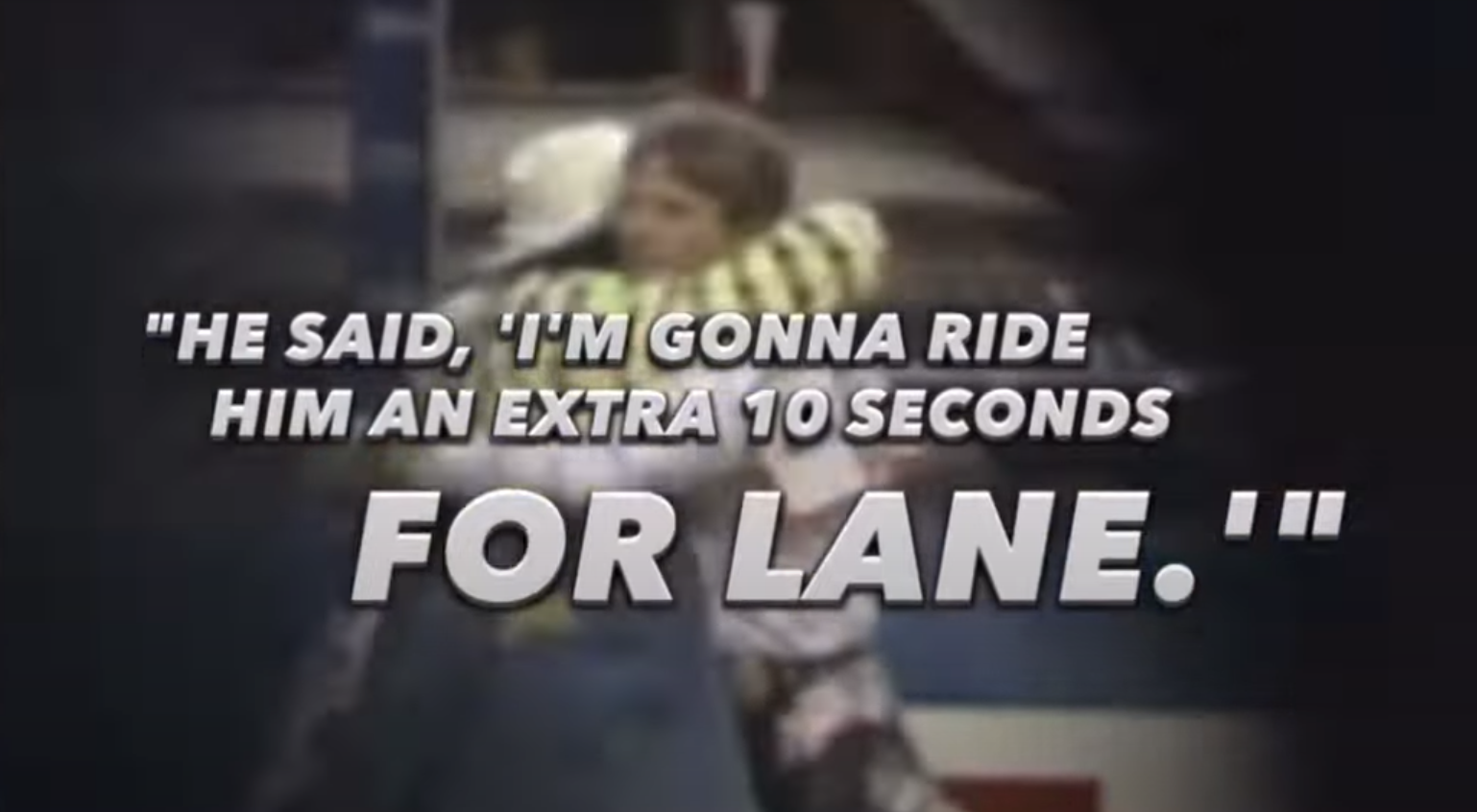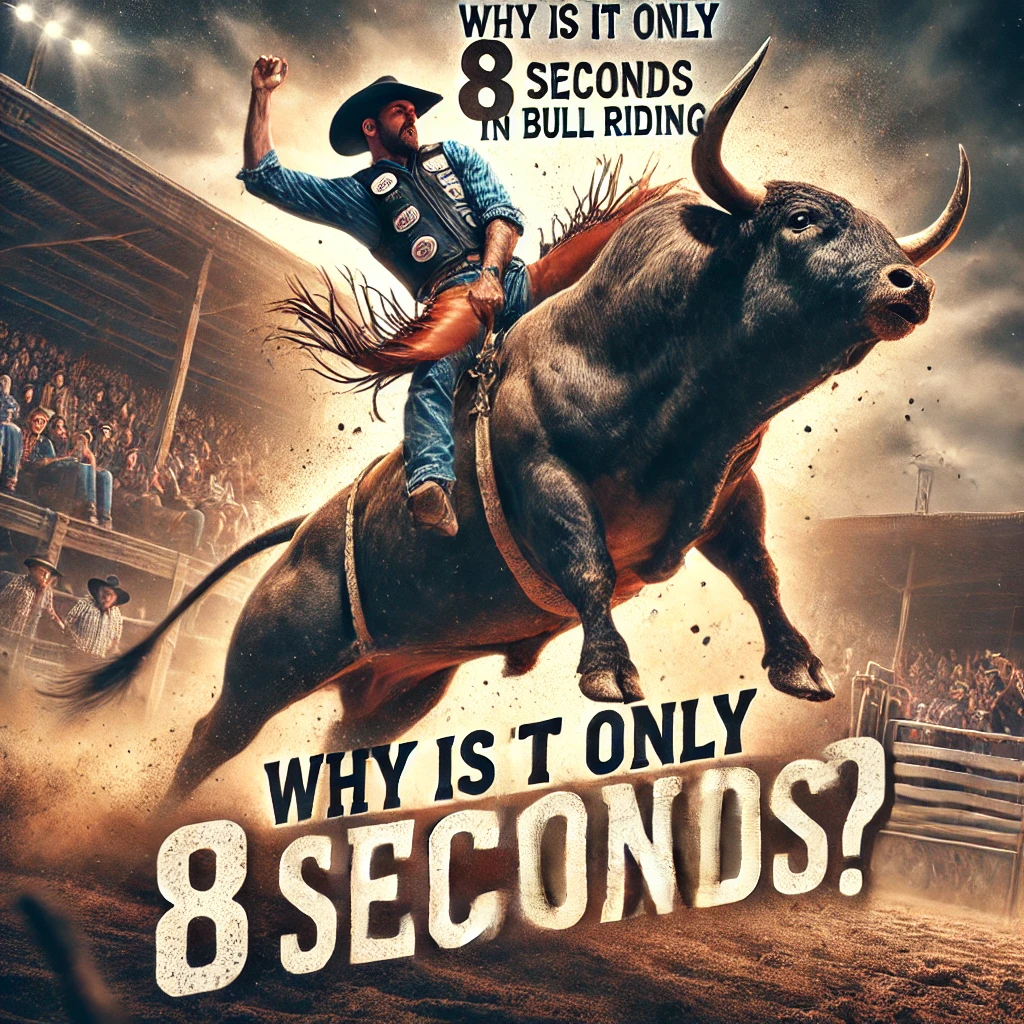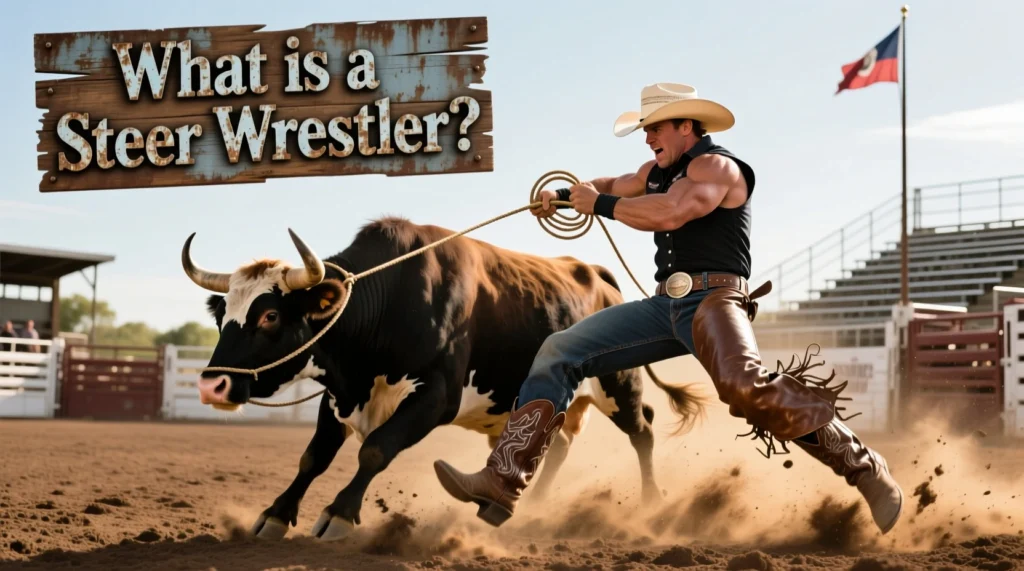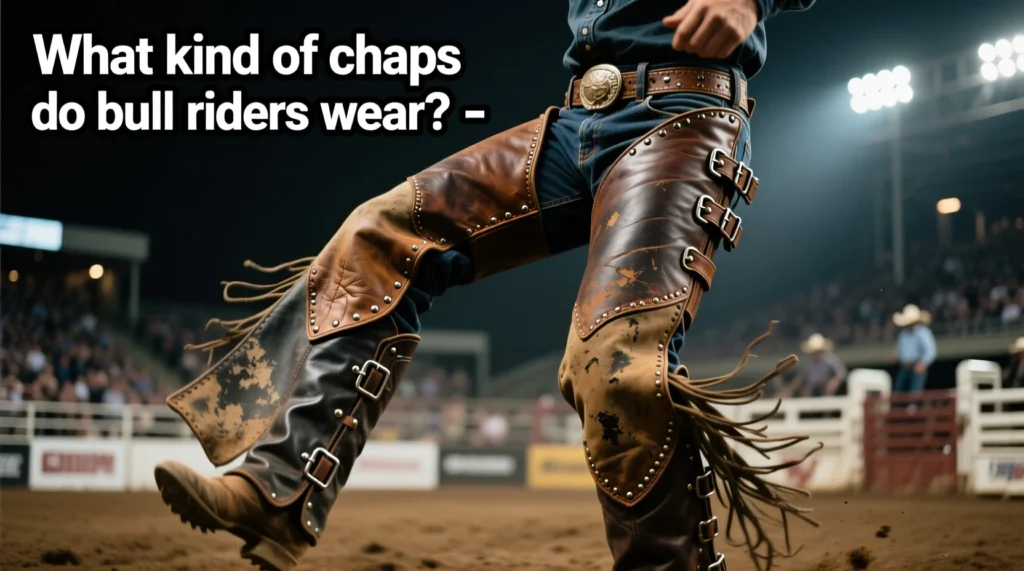Why is it Only 8 Seconds in Bull Riding? often referred to as “the most dangerous eight seconds in sports,” is a thrilling rodeo event that pits human skill and courage against the raw power of a bull. But why is the ride limited to exactly eight seconds? This timeframe was not chosen randomly—it is the result of careful consideration of safety, efficiency, and tradition. We’ll explore the origins of the 8-second rule, its importance, and how we solve key problems in bull riding, providing solutions backed by statistics.
Table of Contents
The Problem: Balancing Safety, Performance, and Entertainment
Bull riding is inherently dangerous for both rider and bull. Riders face significant risks of injury due to bulls’ violent movements, while long rides can stress or physically harm the animals. Furthermore, without a standard time limit, it becomes difficult to judge the performances fairly and to maintain audience engagement.
Key Statistics Highlighting the Problem
| Problem | Statistics |
| Rider injuries | Bull riding accounts for 28–50% of all rodeo-related injuries. |
| Common rider injuries | Concussions (11%), craniofacial trauma (8.7%), strains (16%), contusions (42%). |
| Bull welfare | Injury rates for bulls in PRCA events are less than 0.00046%. |
| Stress threshold for bulls | Bulls’ adrenaline peaks within approximately 8 seconds. |
The Solution? Why is it Only 8 Seconds in Bull Riding?
Adopting the 8 second rule — a time limit that ensures the safety of both riders and bulls while maintaining the excitement and fairness of the sport.
The Historical Evolution of the 8-Second Rule
- Early Rodeo Days: No Time Limits
In the early days of rodeo, there were no set time limits. Cowboys competed to see who could stay on a bucking bull or bronco the longest — sometimes for up to 30 seconds. As rodeo evolved into a regulated sport, judges needed a consistent time frame to objectively evaluate performances.
- Transition from 10 Seconds to 8 Seconds
Initially, men’s events required riders to stop for 10 seconds, while women’s events had an 8-second limit. Over time, it became clear that 10 seconds was unnecessarily harsh on both riders and bulls. By the mid-20th century, bull riding universally adopted the 8-second rule, such as the Professional Rodeo Cowboys Association (PRCA) and Professional Bull Riders (PBR).
This change addressed several issues:
- Fair Judging: A consistent timeframe allowed judges to evaluate performances objectively.
- Safety: Shorter rides reduced fatigue-related injuries for riders and stress on bulls.
- Spectator Appeal: Eight seconds created a thrilling yet manageable challenge for competitors while keeping audiences engaged.
Why Exactly 8 Seconds?
The eight (8) seconds are selected based on scientific reasoning, tradition and competitive fairness.
- Safety for Riders
Bull riding involves a lot of physical stress due to violent bucking movements that generate forces many times the rider’s body weight. Staying for longer than eight seconds significantly increases the risk of accidents such as fatigue and “hang-ups,” where riders fail to land safely.
Protective equipment such as helmets and vests reduce the risks but do not eliminate them completely. The eight-second limit ensures that riders experience a challenging but manageable period without unnecessarily compromising their safety.
- Safety for Bulls
Bulls are specifically bred for their natural bucking ability. Their adrenaline peaks at around eight seconds. Beyond this point, they begin to tire or experience stress. Longer rides can overuse these animals or reduce their performance in future events. The time limit ensures that bulls are not pushed beyond their physical limits while still allowing them to effectively display their athleticism.
- Competitive Fairness
The eight-second rule creates a level playing field across all competitions. Judges score rides based on two factors:
- Riding Performance (50 points): Balance, control and style while riding.
- Bull Performance (50 points): Strength, agility, and bucking difficulty.
This standardized time frame allows judges to evaluate both ridership and bull athleticism while maintaining consistency across events.
- Showcasing Skill Without Overextension
Eight seconds is long enough to test a rider’s ability to adapt to unexpected movements but short enough to prevent exhaustion or loss of control.
Animal Welfare: Clearing the Misconceptions
Critics often question whether rodeo harms animals, but professional organizations enforce strict welfare standards to ensure the bulls are treated humanely.
Key Facts About Animal Care
| Aspect | Details |
| Usage frequency | Bulls perform only once per event. |
| Living conditions | Bulls live in large pastures with high-quality feed and veterinary care. |
| Flank straps | Designed to encourage natural bucking without causing pain. |
| Injury rates | Less than 0.00046% in PRCA events; PBR reports just two injuries in over 5,000 outs in 2020. |
These measures ensure that bulls remain healthy and stress-free while performing at their peak athletic potential.
Cultural Significance of the 8-Second Rule
The phrase “eight seconds” has become synonymous with bull riding as a sport that tests courage, skill and flexibility. It has inspired movies (8 Seconds, based on legendary rider Len Frost), songs, and countless stories of triumph and tragedy.
- The Legacy of Lane Frost

Lane Frost’s tragic death while bull riding in 1989 highlighted both the dangers of bull riding and its cultural significance. His story continues to inspire riders around the world who try to conquer those eight crucial seconds on a bull.
Why Not Longer? Lessons from Experience
Some might wonder why not extend the rides beyond eight seconds—for example, back to the original ten-second rule? The answer lies in practice:
- Increased Risk: Long rides increase fatigue-related injuries for riders and stress for bulls.
- Diminished Performance: Bulls lose their adrenaline after about eight seconds, resulting in less dynamic riding that affects scoring potential.
- Historical Precedence: The shift from endurance-based challenges to skill-based competition is consistent with modern rodeo values.
As retired champion Tough Hedman


noted after a lengthy tribute to Lane Frost: “After eight seconds… [Bull] was already lost… he didn’t prove anything.”
Bull riding is a rodeo event, but rodeo is much more than bull riding. Understanding their differences enhances the appreciation of Western sports. Whether you’re drawn to the intensity of bull riding or the varied challenges of rodeo, both deserve recognition.
The result: Perfect balance
The eight-second rule in bull riding represents more than just a time limit – it embodies the essence of this electrifying sport. It balances safety with spectacle, tradition with innovation, and human skill with the athleticism of the animals. Addressing key challenges such as safety risks and competitive fairness while respecting animal welfare, this principle ensures that bull riding remains both thrilling and sustainable.
For fans in the stands, those eight seconds define what makes bull riding one of the most fascinating sports in history—a test of courage where every moment counts.
Statistics Recap:
| Metric | Value |
| Rider injury rate | Bull riding accounts for up to 50% of rodeo injuries. |
| Common rider injuries | Concussions (11%), contusions (42%), strains (16%). |
| Bull injury rate | Less than 0.00046% in PRCA rodeos; PBR reports .0002% injury rate. |








